
$500$580/
Per Person
Delhi – Haridwar – Guptkashi – Badrinath – Rudraprayag – Rishikesh
Categoría de los hoteles:
- 1. Económicos.
- 2. Heritages.
- 3. Lujos.
Itinerario
Llegada al aeropuerto de Delhi / estación de tren de Delhi, recibimiento y asistencia para continuar hasta Haridwar. Traslado al hotel. Si el tiempo lo permite, visita al templo Mansadevi, el templo Chandidevi y el templo Daksha Mahadev. Más tarde, visita a Har-ki-Pauri para la Ganga Aarti. La adoración "Aarti" del Ganges después del atardecer y la "dia" (lámpara) flotante es un ritual conmovedor. Regreso al hotel, parada nocturna. Haridwar, a los pies de las colinas de Shiva, es decir, Shivaliks, en el distrito de Haridwar de Uttaranchal Pradesh, es una puerta. El príncipe suryavanshi Bhagirath realizó penitencia aquí para salvar las almas de sus antepasados que habían perecido debido a la maldición del sabio Kapila. La penitencia fue respondida y el río Ganges brotó de las melenas del Señor Shiva y su abundante agua revivió a los sesenta mil hijos del rey Sagara. En la tradición de Bhagirath, los hindúes devotos se encuentran en las aguas sagradas de este lugar, rezando por la salvación de sus mayores fallecidos. Es la puerta de entrada a las fuentes del Ganges y el Yamuna, a una altura de entre 3000 y 4500 metros sobre las cadenas nevadas del Himalaya central. Clima: generalmente caluroso en verano, la temperatura oscila entre 35 y 40 grados centígrados. Invierno: los días son agradablemente frescos, pero las noches son frías, la temperatura oscila entre 20 y 05 grados.
Por la mañana, después del desayuno, salida directa a Guptkashi. Llegada, registro en el hotel y, por la tarde, visita al templo Ardh Narishwar. Alojamiento en el hotel. El nombre Gupt Kashi significa "Benarés oculto". La mitología describe cómo, cuando los hermanos Pandava buscaban a Shiva, Shivji se ocultó primero en Gupt Kashi, pero más tarde huyó de ellos más arriba en el valle hasta Kedarnath, donde los Pandavas finalmente consiguieron que se cumpliera su deseo. También hay conexiones más tangibles: los pandas de Kedarnath (sacerdotes peregrinos hereditarios) viven en Gupt Kashi durante los meses de invierno y, después de que el templo de Kedarnath cierra por el invierno, la imagen de Kedarnath pasa por Gupt Kashi en su camino a Ukhimath, donde permanece durante el invierno. Clima: generalmente agradable en verano, la temperatura oscila entre los 25 y los 30 grados centígrados. Frío en invierno.
Morning drive to Phata (Helipad), transfer to Kedarnath by Helicopter. Visit Kedarnath Temple, Everyone can go inside Garbha Griha and touch the idol. You can also prostrate with your head touching the deity etc. Return back to Phata. Later drive back to Guptkashi. Rest day at leisure. Overnight stay. Kedarnath: The Kedarnath shrine, one of the 12 jyotirlingas of Lord Shiva, is a scenic spot situated, against the backdrop of the majestic Kedarnath range. Kedar is another name of Lord Shiva, the protector and the destroyer. According to legend, the Pandavas after having won over the Kaurava in the Kurukshetra war, felt guilty of having killed their own brothers and sought the blessings of Lord Shiva for redemption. He eluded them repeatedly and while fleeing took refuge at Kedarnath in the form of a bull. On being followed he dived into the ground, leaving his hump on the surface. The r! emaining portions of Lord Shiva appeared at four other places and are worshipped there as his manifestations. The arms appeared at Tungnath, the face at Rudranath, the belly at Madhmaheshwar and his locks (hair) with head at Kalpeshwar. Kedarnath and the four above-mentioned shrines are treated as Panch Kedar.
Drive to Badrinath via Joshimath. Check in Hotel. Later at evening visit Badrinath Temple for Aarti. Overnight stay. Badrinath one of the 'Four Dhams' is one of the most celebrated pilgrimage spots of the country and is situated at an elevation of 3,133 meters, guarded on either side by the two mountain ranges known as Nar & Narayan with the towering Neelkanth Peak providing a splendid backdrop. This revered spot was once carpeted with wild berries. Thus the place got the name ``Badri van``, meaning ``forest of berries``. Tapt Kund : Natural thermal springs on the bank of the river Alaknanda, where it is customary to bathe before entering the Badrinath temple. Narad Kund : A recess in the river, near Tapt Kund, forming a pool from where the Badrinath idol was recovered. Brahama Kapal : A flat platform on the bank of river Alaknanda. Hindus perform proppitiating rites for their deceased ancestors. Charanpaduka : 3kms. away is a beautiful meadow where the footprint of Lord Vishnu is seen on a boulder. Mata Murty Temple : Devoted to the mother of Sri Badrinathji. Other important temples include Sesh Netra Temple, Urvashi Temple and Charanpaduka. Mana Village : Inhabited by an Indo-Mongolian tribe, it is the last Indian village before Tibet. Vasundhara : As the name suggests, vasundhara is a magnificent water fall. This place is 5 kms. from Badrinath out of which 2 kms. is motorable upto Mana. Sheshnetra : 1.5kms. away is a boulder having an impression of the legendary serpent, better known as the Sheshnag's eye Bhim Pul : On the other side of Mana village, a massive rock forming a natural bridge, lies over the roaring Saraswati river. It presents a spectacular view of water thundering down through the narrow passage under the rock and is believed to have been placed there by Bhim, the second eldest among the five Pandava brothers. Vyas Gufa (cave) : Near Mana Village, this is a rock-cave where Ved Vyas is believed to have composed the Mahabharata and the pauranic commentaries.
Temprano por la mañana, los peregrinos, después de bañarse en el Taptkund, tienen el Darshan de Badrivishal. Brahamakapal es importante para Pinddan Shraddh de los antepasados (Pitrus). Hay otros lugares turísticos interesantes como Mana, Vyas Gufa, Maatamoorti, Charanpaduka, Bhimkund y el ``Mukh`` del río Saraswati. A solo tres kilómetros de Badrinathjee. Más tarde, regreso a Rudraprayag / Kirtinagar a través de Joshimath. Registro en el hotel. Alojamiento.
Conduzca hasta Rishikesh, el "lugar de los sabios", una ciudad espiritual célebre en la orilla del Ganges y está rodeada por la cordillera Shivalik del Himalaya en tres lados. Se dice que cuando Raibhya Rishi hizo penitencias duras, Dios se apareció con el nombre de "Hrishikesh" y esta área de ahí pasó a ser conocida como Rishikesh. Regístrese en el hotel. Más tarde, visite los templos de Rishikesh y haga turismo: Laxman Jhulla, Ram Jhulla, Triveni Ghat, Bharat Mandir, Shivananda Ashram. Por la tarde, visite Ganga Aarti en Parmarth Ashram. Alojamiento.
Regreso a Delhi. Llegada a Delhi y traslado a la estación de tren o al aeropuerto. Fin del tour.

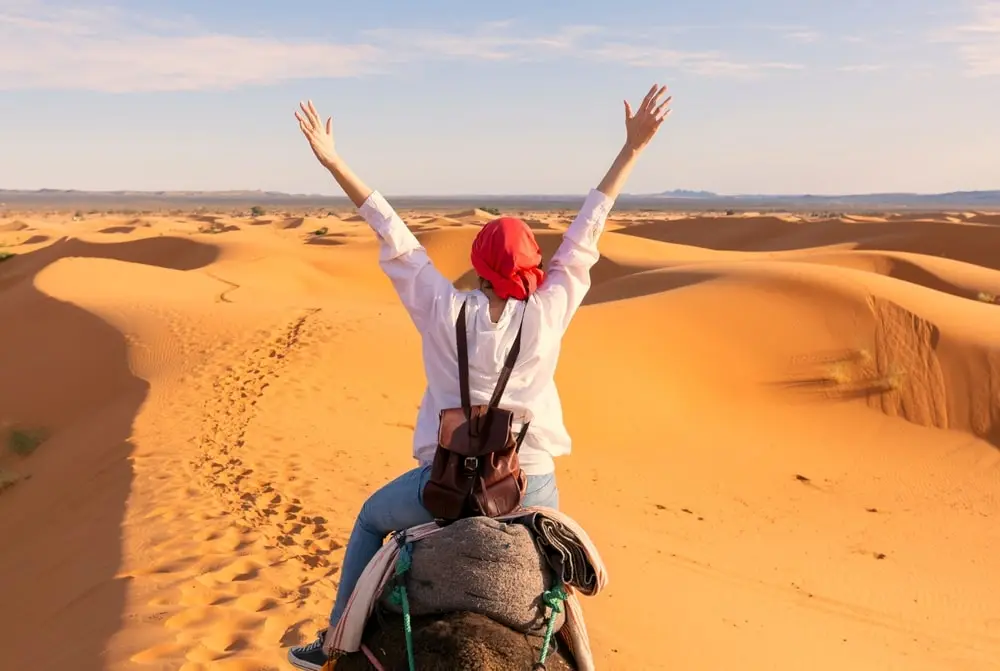
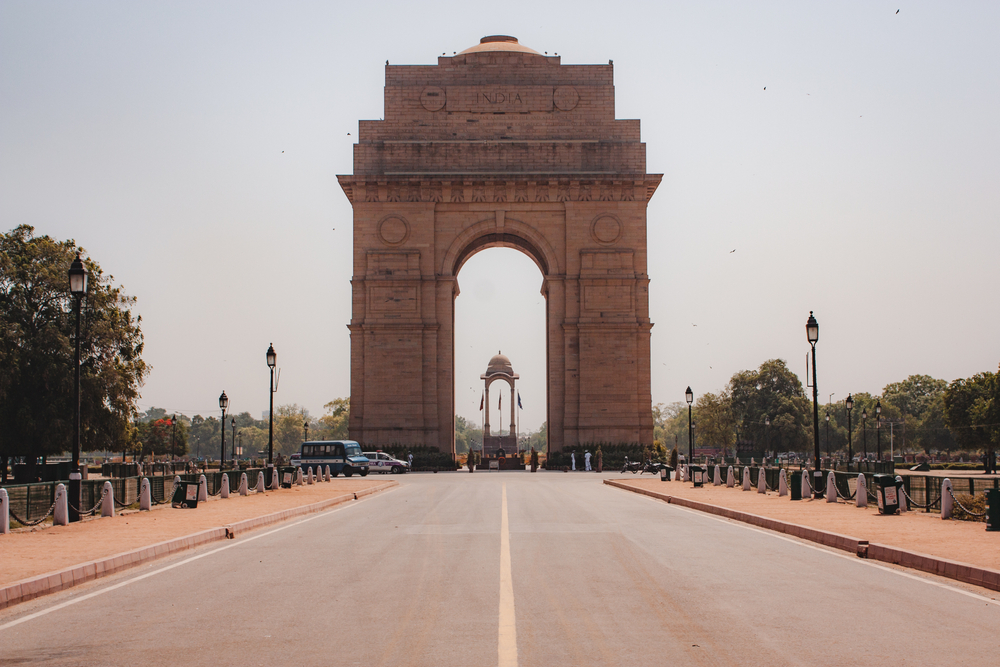
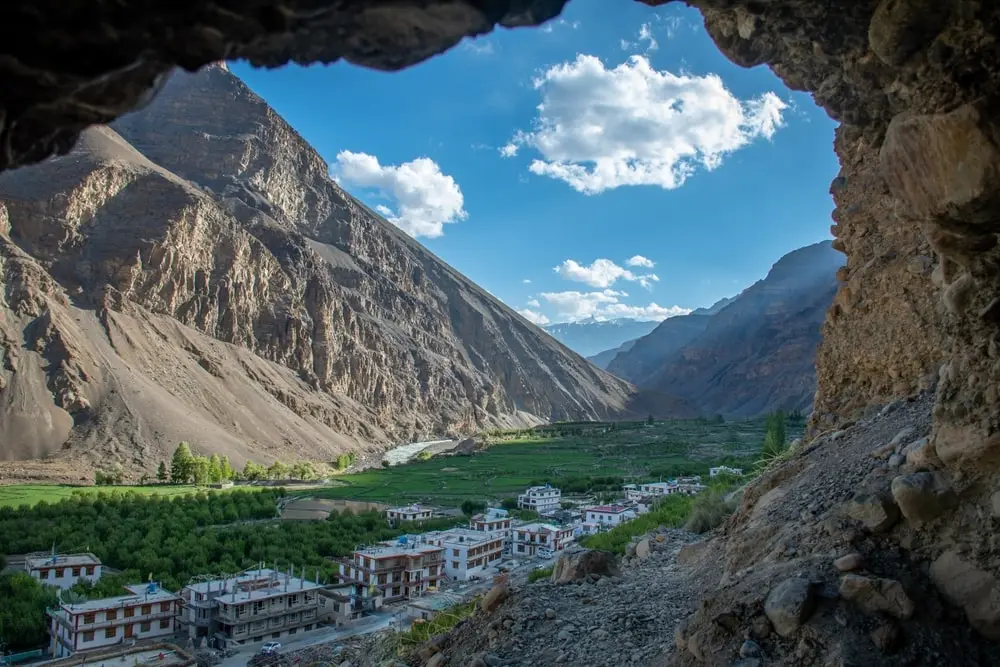
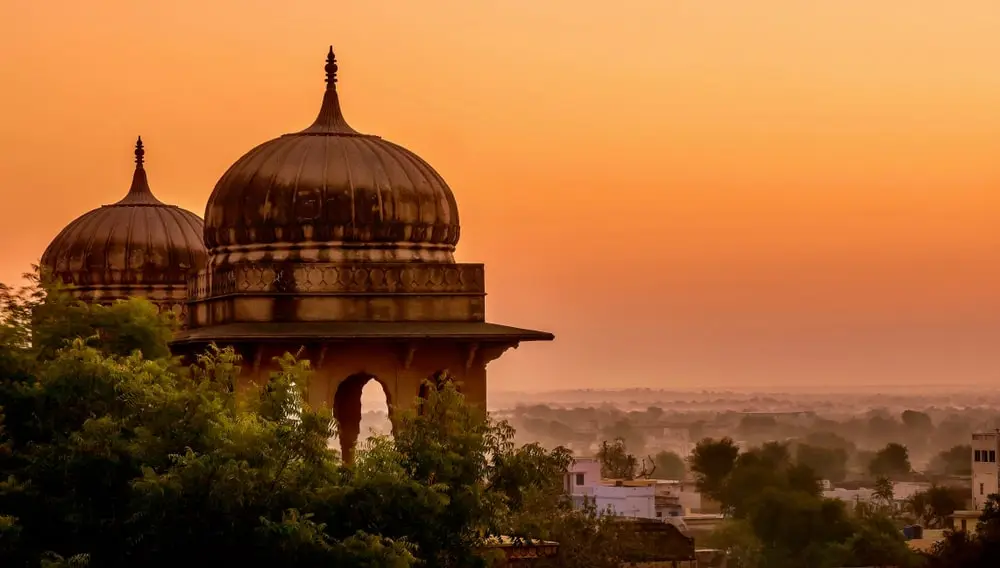
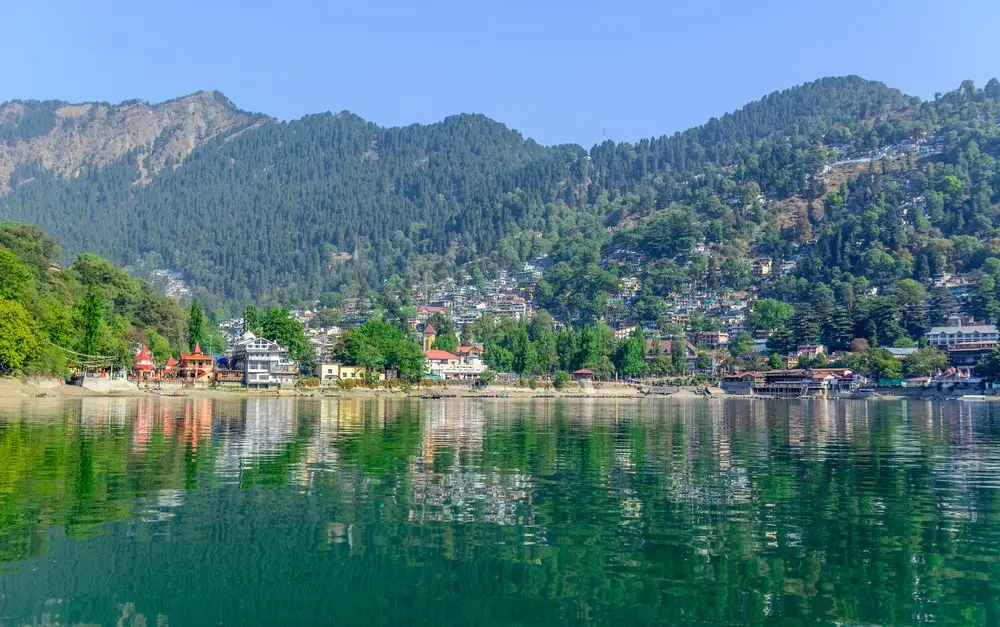



Comments (8)
66b mới nhất,
12 December, 2025Không chỉ sở hữu chứng nhận hợp pháp bởi CURACAO Gaming, 66b mới nhất còn được đánh giá cao khi toàn bộ trang web đều vận hành đảm bảo theo tiêu chuẩn mã hóa SSL 12 Bit. Chúng tôi nói không tuyệt đối với những hành vi xâm nhập từ bên thứ ba không rõ nguồn gốc.
66b mới nhất,
12 December, 2025Không chỉ sở hữu chứng nhận hợp pháp bởi CURACAO Gaming, 66b mới nhất còn được đánh giá cao khi toàn bộ trang web đều vận hành đảm bảo theo tiêu chuẩn mã hóa SSL 12 Bit. Chúng tôi nói không tuyệt đối với những hành vi xâm nhập từ bên thứ ba không rõ nguồn gốc.
đăng ký 66b,
11 November, 2025Dưới đây là những sản phẩm mà 188v game đã và đang cung cấp tại trang chủ chính thức mà bạn có thể lựa chọn trong mỗi lần truy cập.
đăng ký 66b,
11 November, 2025Dưới đây là những sản phẩm mà 188v game đã và đang cung cấp tại trang chủ chính thức mà bạn có thể lựa chọn trong mỗi lần truy cập.
188v bet,
11 November, 2025188v com Thông tin cá nhân của người chơi được bảo mật với bất kỳ bên thứ ba nào khi không có sự đồng ý của bạn. Mọi dữ liệu người dùng cung cấp khi đăng ký tài khoản hoặc thực hiện giao dịch đều được lưu trữ an toàn chỉ được sử dụng cho mục đích duy nhất là phục vụ khách hàng tốt hơn.
slot365 apk,
11 November, 2025Một trong những yếu tố quan trọng nhất để đánh giá uy tín của một nhà cái trực tuyến là các giấy phép hoạt động. 66b mới nhất tự hào sở hữu các giấy phép do các tổ chức có thẩm quyền cấp, đảm bảo tính hợp pháp và minh bạch trong mọi hoạt động của mình.
slot365 apk,
11 November, 2025Một trong những yếu tố quan trọng nhất để đánh giá uy tín của một nhà cái trực tuyến là các giấy phép hoạt động. 66b mới nhất tự hào sở hữu các giấy phép do các tổ chức có thẩm quyền cấp, đảm bảo tính hợp pháp và minh bạch trong mọi hoạt động của mình.
66b online,
11 November, 2025Chơi slots nhận thưởng chỉ với 3 biểu tượng trở lên. 3D slots, video slots, megaway slots, jackpot lũy tiến,… tất cả các dòng game quay hũ kinh điển nhất hiện nay đều có tại xn88 app. Chúng tôi mang đến cho hội viên hơn 1.000+ vòng quay miễn phí với mức RTP cực cao.